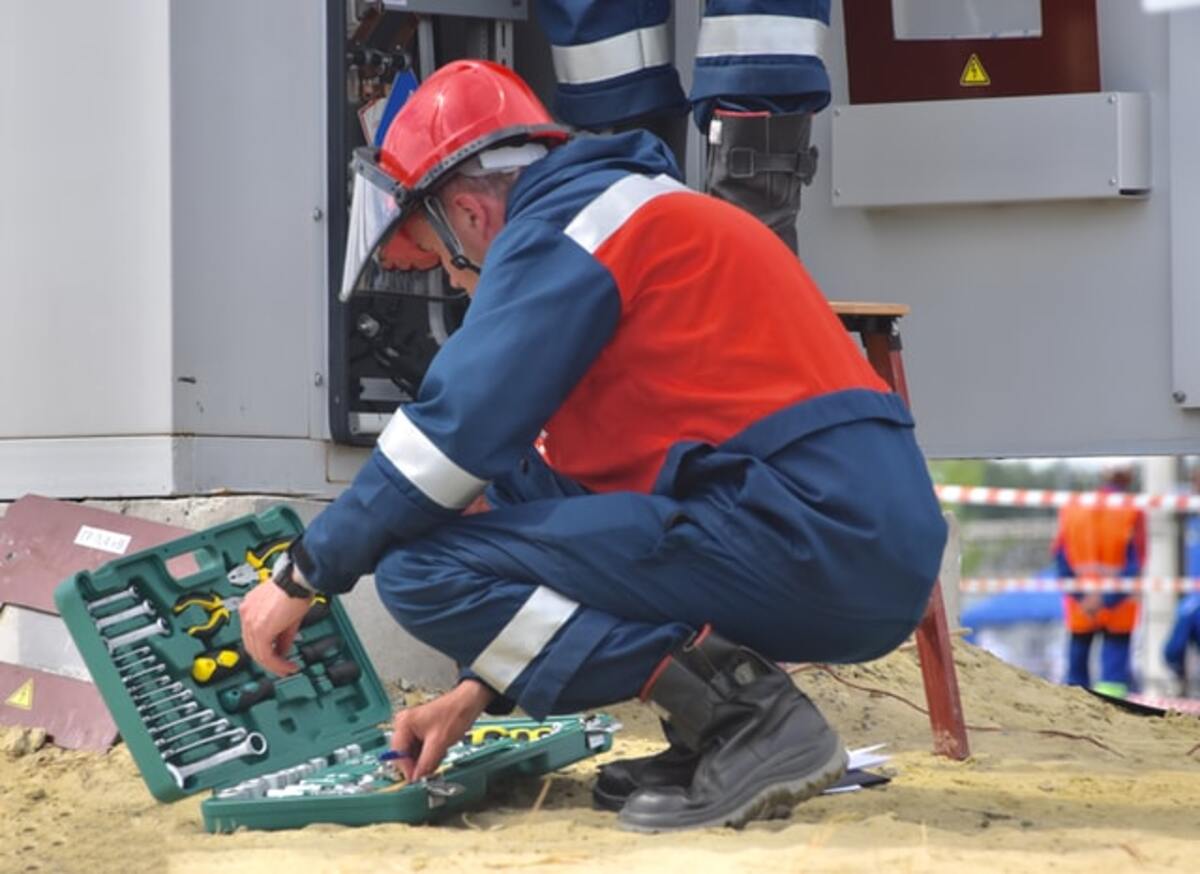Building and Preventive Maintenance Over the Summer

Many successful commercial building owners come up with different ways to keep their buildings in top condition at all times. A good example is hiring professional building cleaners to keep the building’s inside clean. They also hire reliable window cleaners, especially when they have tall buildings that average cleaners can’t reach.
However, different seasons will affect a commercial building and how owners can keep them clean, specifically during summer. Building owners need to do more besides cleaning the building every day. Learn the different methods on how you can maintain the building effectively during the summer.
1. The Exterior is Just as Important as the Interior
One mistake commercial building owners make is they focus more on keeping the interior maintained than the exterior areas. They think that taking care of the commercial building’s exterior areas doesn’t need too much maintenance, but that’s where they are wrong. The commercial building’s exterior facade is just as important as the interior, and maintaining it during the summer is essential.
An unmaintained exterior area, including the landscape, gutters, siding, fences, etc., will cause additional problems in the future that will become costly. You need to hire professional maintenance personnel to check the landscaping and most of the commercial building’s exterior facade for any underlying issues.
Summer is usually a time when trees lose their leaves because of the lack of water. The tree leaves around your commercial building will build upon the sewers, which causes sewer blockage. Never ignore minor exterior problems because they will eventually become worse in the long run.
2. Keep the Carpets and Flooring Clean
Summer’s hot temperatures and dryer weather can cause your commercial building’s carpets and flooring to become dirty quickly. The dirt and dust brought from people into the building will find their way to the carpets and flooring, which will make the building’s inside dirty. People who have dust allergies will have a tough time walking around inside your building if you leave the carpets and flooring uncleaned.
Instead of doing general cleaning once a day, it’s best to have your building cleaners do it twice a day to ensure no dust or dirt lingers around. Besides dirt and dust, you also have other pollutants, such as bio-pollutants and other grime, that can damage the carpets and flooring. It can degrade their lifespan, so you have to expect that you’ll need to replace them sooner.
3. Resolve HVAC Issues at Once
A commercial building is not complete without a properly working HVAC system. If the building is large and has several levels, you need more HVAC systems to ensure each level gets enough cooling and heating properties. You have to contact HVAC technicians to check the HVAC for any underlying issues that could happen when the weather becomes too hot.
During the summer, the HVAC needs to function throughout the day to keep everyone cool while working for hours. No employee wants to stay in a building that doesn’t have proper working HVAC because it’ll make them sweat profusely, distracting them from getting their jobs done. You can always have your HVAC systems inspected twice every six months to prevent them from failing anytime. And if you want the inspections to finish faster, you can install plaster access doors and panels.
4. Repaint Your Building When Necessary
The next best thing to keep your building in top condition is by giving it a fresh coat of paint. However, you may need to talk with professional contractors to ask for their opinions on whether you can repaint your building or not. Usually, you can repaint the building after years to update and give it a fresher look.
Some paint issues your contractors might find are cracks or chips, and you need a professional to fix them correctly. You can replace the paint with another color that prevents it from absorbing heat but reflect it away instead. Some examples of colors that commercial buildings need to prevent heat absorption are greens, light yellows, creams, wheat browns, and cadet grays, to name a few.
You need to prepare your commercial building for the different seasons that it will encounter. The better the preparation, the fewer issues you have to deal with that are expensive and time-consuming.



